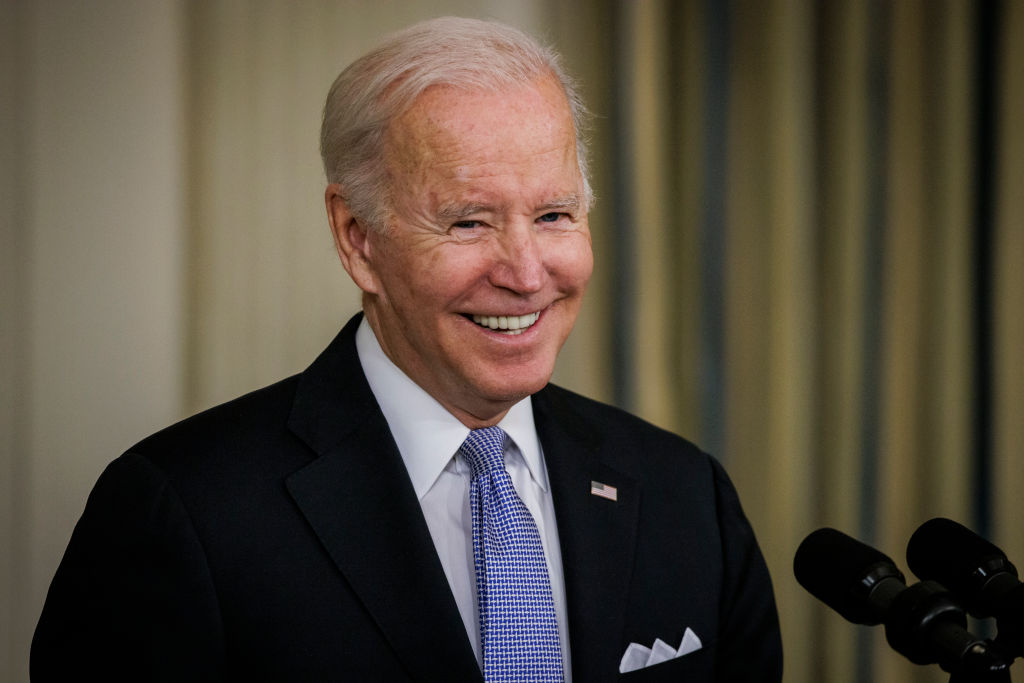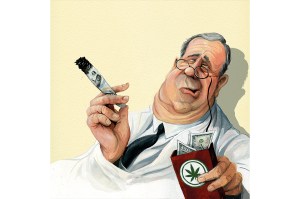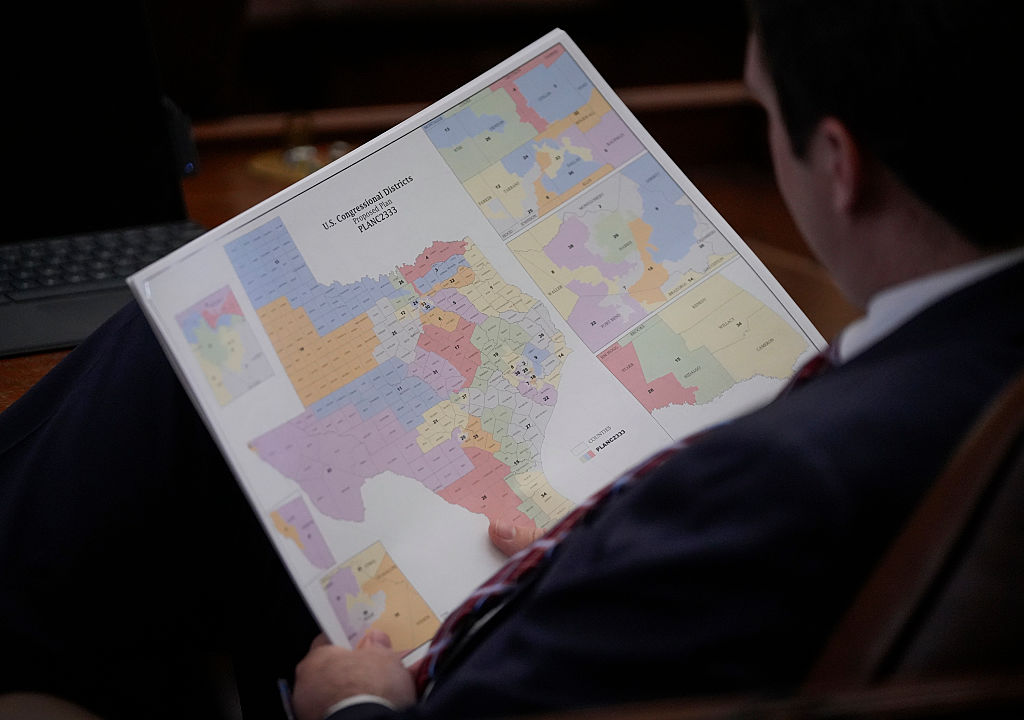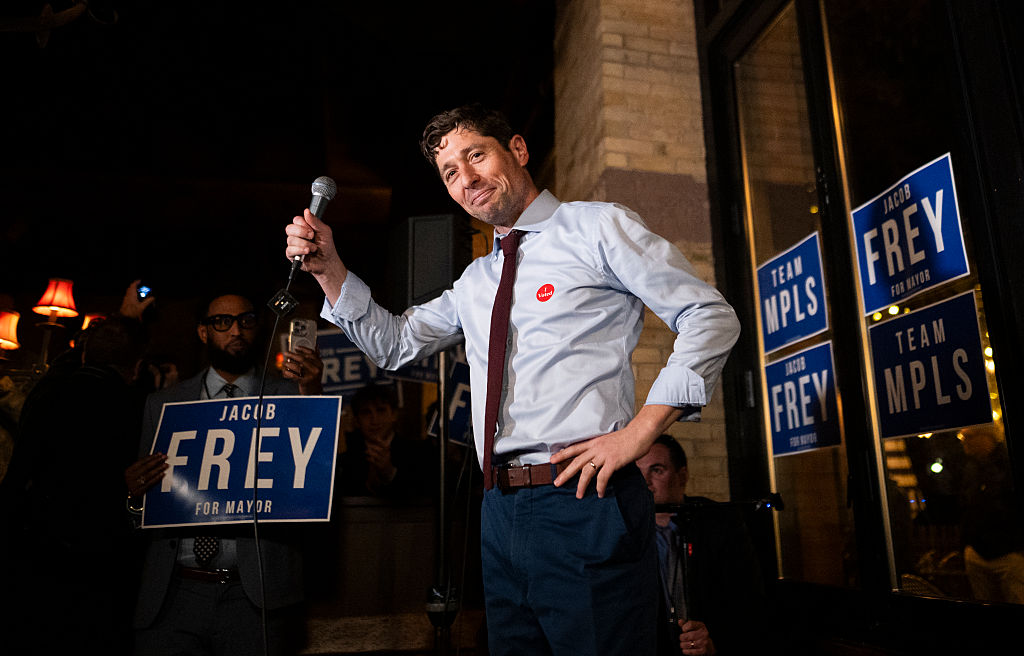Several far-left Democrats are “extraordinarily disappointed” in the Biden administration. The Justice Department recently denied their request to de-schedule cannabis from its Schedule I classification within the Controlled Substances Act. “Schedule I” is applied to drugs with “no currently accepted medical use and a high potential for abuse.”
Senators Elizabeth Warren and Cory Booker led the charge on behalf of stoners back in November 2021, and last month, the DoJ told them that “cannabis has not been proven in scientific studies to be a safe and effective treatment for any disease or condition.”
The senators are outraged, claiming the DoJ’s refusal to de-schedule cannabis and pardon non-violent cannabis-related offenders is, among other things, “racist” (of course). Perhaps it’s because Biden is too paralyzed by repeated blunders and record-low approval ratings to take any radical steps. Or maybe it’s because the consequences of substance abuse have hit close to home. Whatever the case, his administration is doing the right thing.
Marijuana’s reputation has, until relatively recently, been one of harmless hippies smoking while they listen to Bob Marley and protest peacefully for love not war. And though civilizations have been smoking cannabis for thousands of years, its recent surge into the mainstream is a giant social experiment, the alarming consequences of which we are just beginning to smoke out.
First of all, to play the part of the gloom-and-doom prophet of the 1936 classic Reefer Madness, who called “the burning weed with its roots in hell” a “new and deadly menace,” let me remind you that weed is not simply about a giggly, munchy-inducing high. Marijuana is a mind-altering, psychoactive drug that alters perception, according to addicitioncenter.com.
Colorado legalized marijuana in 2012, and nowadays getting a strong whiff of pot in public there is pretty normal. I lived for a few months in the Denver metroplex, and on my first day of work I was shocked to smell weed while sitting in traffic on I-25. During a recent trip to New York City, I smelled the familiar skunkiness when I stepped off my train, and the pungent odor remained a permanent backdrop throughout my three-day stay.
Polls have found that “more than 35 million people in the US are regular users of the drug.” Keith Humphreys, a professor of psychiatry at Stanford University, reported in 2020 that “daily/near daily use (perhaps 80 percent of consumption) has risen about ten-fold since 1992. Higher potency generally increases consumption.”
More people are smoking marijuana more often. And it’s critical to note, as Jerome Adams did when he was surgeon general back in 2019, “This ain’t your mother’s marijuana. Not enough people know that today’s marijuana is far more potent than in days’ past.”
Weed keeps getting stronger. Levels of Tetrahydrocannabinol, or THC, “the main psychoactive compound in marijuana,” went from 4 percent to 12 percent between 1995 and 2014, according to National Library of Medicine analysis.
So there’s more THC in weed these days. Has that meant more peace and love? Hardly. The Wall Street Journal and others are sounding the alarm about how marijuana is leading to a violent crime surge and antisocial behavior. “Right-wing media now blames mass shootings on marijuana use,” scoffs Media Matters. But the science is on our side. A 2014 study on acute and long-term effects of cannabis use found:
Evidence indicates that frequent and prolonged use of cannabis can be detrimental to both mental and physical health. Chronic effects of cannabis use include mood disorders, exacerbation of psychotic disorders in vulnerable people, cannabis use disorders, withdrawal syndrome, neurocognitive impairments, cardiovascular and respiratory and other diseases.
There is a ton of such evidence on the consequences of marijuana, including from the CDC itself, which links marijuana use to such minor side effects as
temporary psychosis (not knowing what is real, hallucinations, and paranoia) and long-lasting mental disorders, including schizophrenia (a type of mental illness where people might see or hear things that are not really there), depression; social anxiety; and thoughts of suicide, suicide attempts, and suicide.
Marijuana use is also associated with opiate and other drug abuse. Baylor University scientists have found that DUIs and deaths associated with weed-related accidents are also on the rise:
The percent of crash deaths involving cannabis more than doubled from 9 percent in 2000 to 21.5 percent in 2018, and the percent of deaths involving cannabis and alcohol also more than doubled from 4.8 percent to 10.3 percent. Cannabis was a risk factor for alcohol co-involvement, even at levels below the legal limit.
If Elizabeth Warren thinks more mental health problems are a good idea for America, I want to know exactly what she’s smoking in that Cherokee Nation peace pipe. (Though having seen how Warren drinks a beer, I sincerely doubt she’s getting high on her own supply.) I mean, have you ever encountered a stoner or watched Bill and Ted’s Excellent Adventure and thought, “Yes! We need more people like this in our society!”
There may be some benefits to medicinal marijuana use, but the Biden administration is doing our nation a service by pumping the brakes on declassifying weed. There’s a lot we don’t know about pot, and what we do know is terrifying. Furthermore, do we really need to promote access to another substance that encourages people to stop working and depend more on the government? If you’re a Democrat, that’s the whole point. And those six progressive Dems pushing for more drugs can put my stats and data in their pipes and smoke them.

























